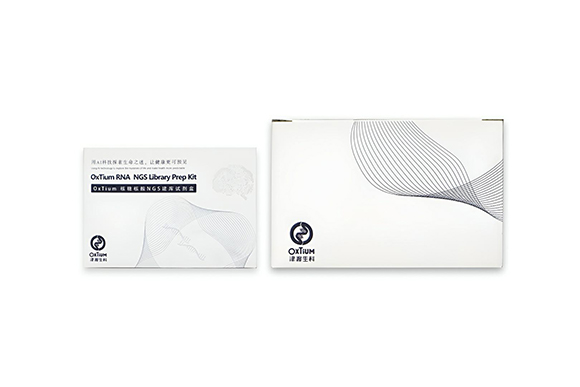
OxSens Ultra-low Input RNA Extraction & Library Prep Kit
This Kit is designed for high-throughput sequencing platforms (e.g., Illumina and MGI), offering a picogram-level library preparation solution. It is suitable for extracting RNA and constructing sequencing libraries from high-quality, partially degraded, or low-quality trace samples (e.g., serum, plasma, saliva, urine, bronchoalveolar lavage fluid, FFPE), as well as specific substances like cell-free nucleic acids, exosomes, and pathogenic microorganisms. The kit includes all reagents necessary for RNA extraction, fragmentation, reverse transcription, double-stranded cDNA synthesis, rRNA depletion, and library amplification.
$ 560 / 6T

OxSens Circulating RNA Complete BCT
This BCT is compatible with a variety of downstream applications. Cell-free RNA (cfRNA) and extracellular vesicles isolated from plasma can be used for qualitative and quantitative real-time PCR, Droplet Digital PCR, next-generation sequencing, and nanoparticle tracking analysis. This product is fully compatible with the OxSens™ Ultra-low Input RNA Extraction & Library Prep Kit.
$ 56 / box

OxSens iPSC Culture Medium
Induced pluripotent stem cells (iPSCs) possess the ability to differentiate into ectoderm, mesoderm, and endoderm, making them an ideal tool for stem cell research, disease modeling, and drug development. The OxSens iPSC Culture Medium is specifically designed for feeder-free culturing of human iPSCs, eliminating animal-derived components to significantly reduce contamination risks while ensuring consistency and reproducibility in cell culture. In comparative tests with mainstream media like E8 and mTeSR, the OxSens iPSC Culture Medium demonstrated performance consistent with mTeSR after multiple passages.
$ 420 / 500 ml
